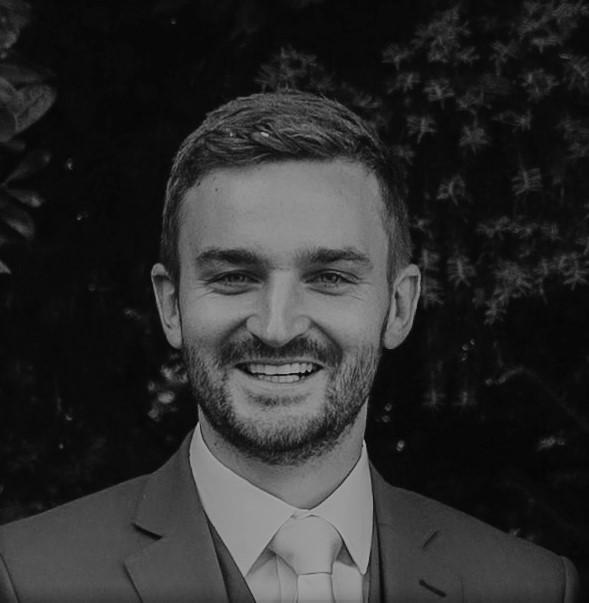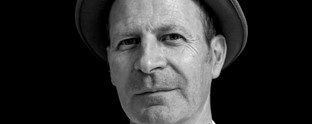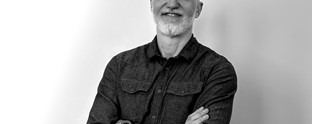Opinion: Should brands be rethinking radio?

Once revolutionary, radio has been relegated to the back burner since the rise of digital, broadcast and social media. But, is radio ready for a resurgence? Michael Walbach examines successful brand campaigns using radio
When it comes to media strategy, it’s easy to overlook the airwaves. Radio is, after all, the oldest form of broadcast medium. It has formed the backbone of many successful campaigns for almost a century. And yet, commercial radio recently posted its highest ever audience in the latest industry RAJAR results – the benchmark for tracking listenership around the UK. Radio is evolving, and rapidly. It has seized on the potential offered by digital, and it is reaching eager ears throughout the nation.
In a time when many in advertising and marketing are painfully conscious of the ‘London bias’ or bubble, radio remains almost unrivaled for being able to combine reach and audience with local interests and relevance.
Take National Rail, for instance. It was witnessing a decline in interest for its Young Person’s Railcard service and was looking to engage with the millennial audience with passion and excitement. Using a structured approach to delivering ten, highly targeted interviews in stations key to this audience demographic, it launched the ‘Best Part Time Job In the World.’ This involved funnelling almost all of its £10,000 campaign budget into the ‘salary’ for a competition winner, whose job it would become to be National Rail’s chief adventure officer – travelling the UK by train and sharing videos on the best and most unusual discoveries that this country has to offer. Following five subsequent interviews with the finalists after the competition launch, the campaign took on a life of its own, and the chosen ‘CAO’ Charlie Hainsworth became a media personality in his own right, with interview requests from all over the country. As a result, interest in the Young Person’s Railcard spiked.
Radio is built to tell these personal stories which connect with people, and shift perceptions. In another case, the Canadian Tourist Board was looking to increase interest in a small, unspoilt island called Fogo Island, in Newfoundland. It was able to capitalise on the personal history of a female entrepreneur who, after having to leave the island with a lot of other inhabitants due to the local industry drying up, decided to reinvigorate the location. She returned, having made millions in the tech boom, built a £6m hotel and almost singlehandedly brought all the jobs and the local population back to Fogo. Sky News, Jazz FM and National Geographic all saw the appeal of the personal elements at the core of Fogo’s history. By telling her tale, the Canadian Tourist Board was not only able to showcase an unspoilt and unusual holiday destination, but also discuss the role of responsible tourism to the local economy. Canadian tourism saw an upsurge in interest, and Fogo’s hotel bookings went through the roof.
Radio can also reach new audiences, and achieve real world results. Kawasaki wanted to reach an audience of 16-24 year-olds to promote its rider training school, with courses starting at just £49. The campaign looked at the length of time we all spend sitting in traffic over the course of our lifetime. Our research showed that we spend nine months of our lives stuck behind a wheel. The solution, of course, is to save those nine months by trying out two wheels instead, and safely.
Using this starting point, Kawasaki was also able to leverage topical issues, such as the cost of running cars, to highlight the cost advantages for running a motorbike. The campaign could be tailored to just the right audience, with exposure on channels including Kiss FM and Absolute Radio. It achieved total reach overall of over 10m people, through 56 radio stations. It also managed repeat opportunities to engage as, through a series of giveaways of rider courses, each station ran the brand messages for three to five days each. And it was all achieved for less than £10,000 in promotional spend.
As radio grows and digital stations expand, it is opening up still more potential to target niche interest groups and surmounting previous geographical boundaries in campaign planning, where reach was previously limited by the strength of a transmitter. Now radio is not only accessible to those with a transistor, but those with mobiles, tablets, TVs, and other kinds of connected devices. It deserves to be more than an afterthought in the media plan – but instead, take centre stage in campaign planning for brands who literally want to speak to their audiences directly.
Michael Walbach is the managing director of Central Media Group












